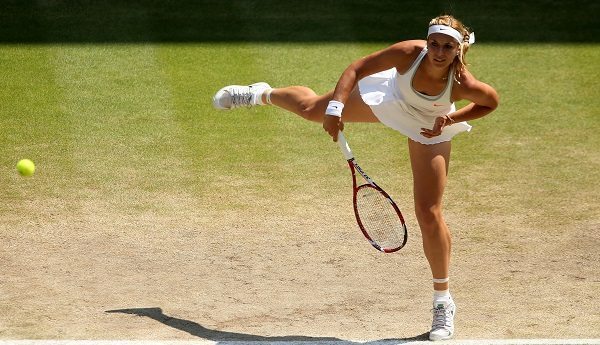What is a Tennis Elbow?
When the muscle tissue adjoining the arm bone at the elbow, extending the wrists and fingers is damaged an acute tennis elbow is caused. This kind of injury takes place when there is more force applied than the normal healthy tissues can handle at the elbow region.
What are the symptoms of a tennis elbow?
In general, those suffering from tennis elbow will experience pain when they perform any kind of gripping tasks or wrist and finger extension usage. The pain can simply be felt when the muscle is being stretched as well. The bony epicondyle present at the elbow will be tender and wrist muscles are also trigger points.
At times, tennis elbow sufferers may also experience neck stiffness and tenderness or signs of nerve irritations. In this case, it comes to of surprise that the elbow movements are almost pain-free even though that region is the cause of pain.
What are some of the common causes of Tennis Elbow?
- The uncommon use of the hand. For example Hammering, painting walls, excessive typing
- Extreme gripping or wringing actions
- Muscle tightness or poor forearm muscle strength
- Poor techniques ( In reference to a sport, for ex: a poor tennis shot)
In certain cases such as Chronic Tennis Elbow, poor health can lead to soft tissues in the muscles which are easily prone to injury. It is likely that post-injury, inflammation affects the region causing swelling and pain in the elbow.
Who is likely to suffer from Tennis Elbow?
Tennis elbow is quite a common injury among many. Several tennis players and workforce working in manual trades suffer this injury in high numbers. Although this can occur at any age, people above the years of 35 are more prone to a tennis elbow due to overuse of muscle tissue if they indulge in manual work. While, it is commonly found in the working hand used, there are chances of it striking on the non-dominant hand as well due to the unaccustomed usage of that hand. Both genders are exposed to be affected equally by this.
How can Tennis elbow be diagnosed?
The best way to diagnose a tennis elbow is through physiotherapy. Once the physiotherapist hears out the details of your injury, the history and performs some clinical tests to confirm the status of your injury, they will suggest a provisional diagnosis accordingly.
You may also have to take an ultrasound scan or MRI scan to identify any inflammation or tendon tears. Although this is of little benefit in regard to diagnosis, it is a great way to understand the injury and provide the right treatment.
Tennis Elbow Treatment
Physiotherapy has proven great results for the short term as well as long-term management of a tennis elbow. Some of the benefits that you can achieve through Physiotherapy are:
- Reduced pain in the elbow
- Tissue repair
- Restoring the joint range back to normal for free movements
- Regain muscle strength and length
Your physiotherapist will examine your elbow, neck, and arm and recommend an appropriate method of diagnosis based on your injury and lifestyle. Inclusions of Physiotherapy are electrotherapy, elbow Kinesio taping, muscle stretching, massage, and strengthening. The results of physiotherapy treatment can be measured by pain-free grip strength and honest opinion of the patient.
With highly skilled professional therapists at Portea, your Tennis Elbow is long to be forgotten. Their therapists will discuss your history in detail and suggest a suitable treatment to diagnose you. Portea is undeniable the best for these kinds of treatments and services.










![Daily Bite [Make]: Philly Cheesesteak Stuffed Bell Peppers](https://dashofwellness.com/wp-content/uploads/2013/01/Philly-Cheesesteak-Stuffed-Pepper-Daily-Bite-1-100x70.png)
